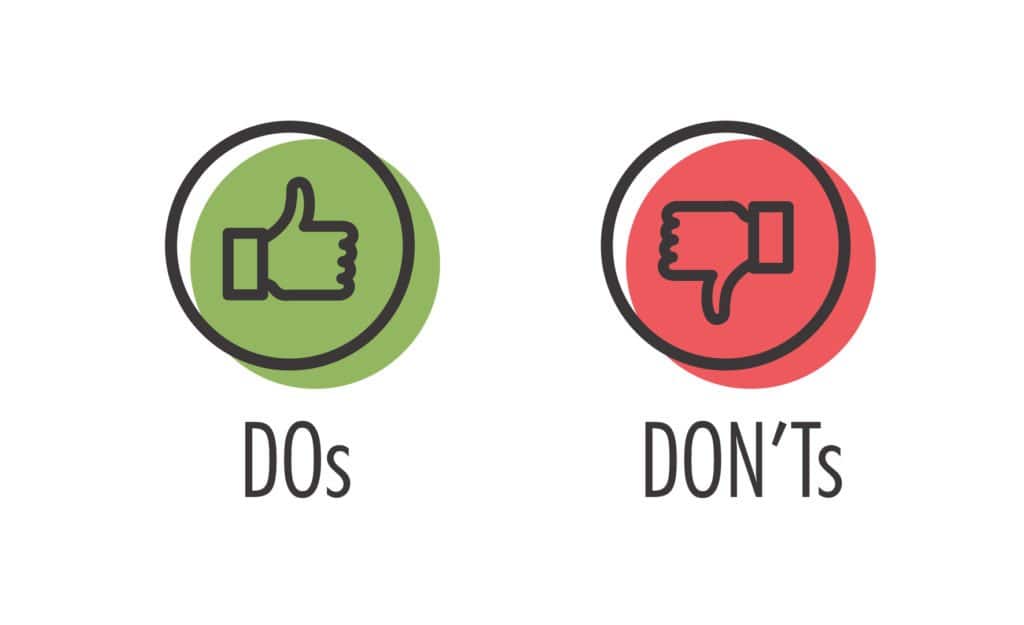
By Conor Heslin, account manager at Eskenzi PR
As a PR agency, media relations is our bread and butter. We could have the biggest, best clients in the world at our disposal, but if we did not master the dark art of media relations, we would fail to get the overage we need to uphold our reputation, and even more crucially, keep our client’s front and centre of the media spotlight.
The media is not a homogeneous group. It is a fluid, ever-changing beast, which PR agencies need to keep on top of in order to succeed. So below you will find some of the do’s and don’ts of media relations.
********
Do make sure you have researched the journalists or outlets you are approaching. There is nothing less appealing for a journalist than to receive a press release, interview request or a piece of research which is patently not appropriate for their beat. Don’t do it. It will alienate the journalist from the client, the agency, and the PR responsible. When building lists of people to approach, make sure that you are approaching journalists with a background in your subject matter. Furthermore, make sure that you have researched the kind of editorial a publication works on: If they do not accept contributed, thought leadership content for example, it is the responsibility of the PR to know this.
Don’t promise undeliverable actions for journalists. Being a journalist in most instances is a fast-paced, reactive game. If you are in a position to help a journalist covering a news event, that will be fantastically helpful for them. However, you need to ensure this is true. If you offer a spokesperson’s services to a journalist, you need to make sure they are available, knowledgeable and willing to take part before confirming with the journalist: If they are working to a deadline on a breaking news piece, or have filled a section of a broadcast radio or TV show with your client, and they fail to deliver, you’re never going to hear from that journalist again.
Do be proactive with journalists. If you have a good working relationship with a journalist, don’t be afraid to pick up the phone and ask what they are working on. If they have a certain editorial quote to fill, you should know that and be in a position to work with your client base, and with the journalist, to fill this gap with interesting, relevant and editorially appealing content.
Don’t pester a journalist. PR people outnumber journalists by four to one. No matter how good you think that your pitch is, if a journalist doesn’t reply, bear in mind they will receive hundreds – if not thousands of pitches a day, meaning that from time to time yours will get lost in the ether. Do chase up, however. There’s nothing wrong with sending a follow up email to ensure a journalist did not miss the original distribution or jumping on the phone to ask for some feedback on the pitch. Journalists know you have a job to do and will almost always respect this. It is particularly important that you ask for feedback too if your pitch is not what the journalist is looking for: It can help to inform further pitches, and will ultimately improve the relationship by not sending the journalist the wrong stories in the future.
Do train spokespeople on talking to media. This is the most important aspect of relations from a client perspective. No matter how confident or knowledgeable a client is, it is imperative that you engage with some kind of media training before allowing a client on the phone with a journalist, and don’t leave them unattended: Always make sure you, or a member of your team are available on any calls, or face to face interviews to stop things getting out of hand.
To find out more about how Eskenzi PR has built our relationships with journalists, do get in touch at www.eskenzipr.com







